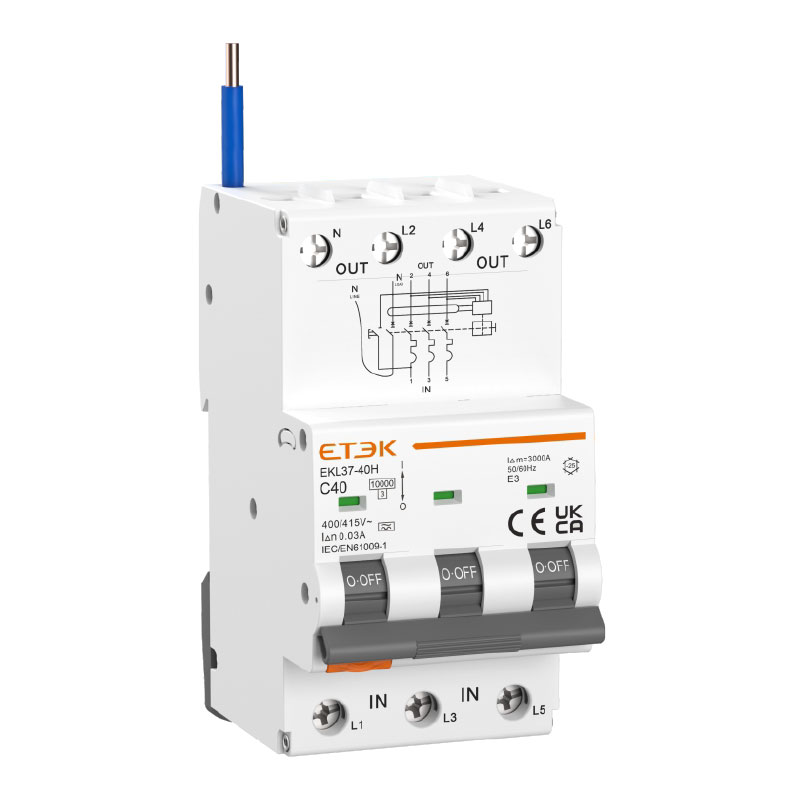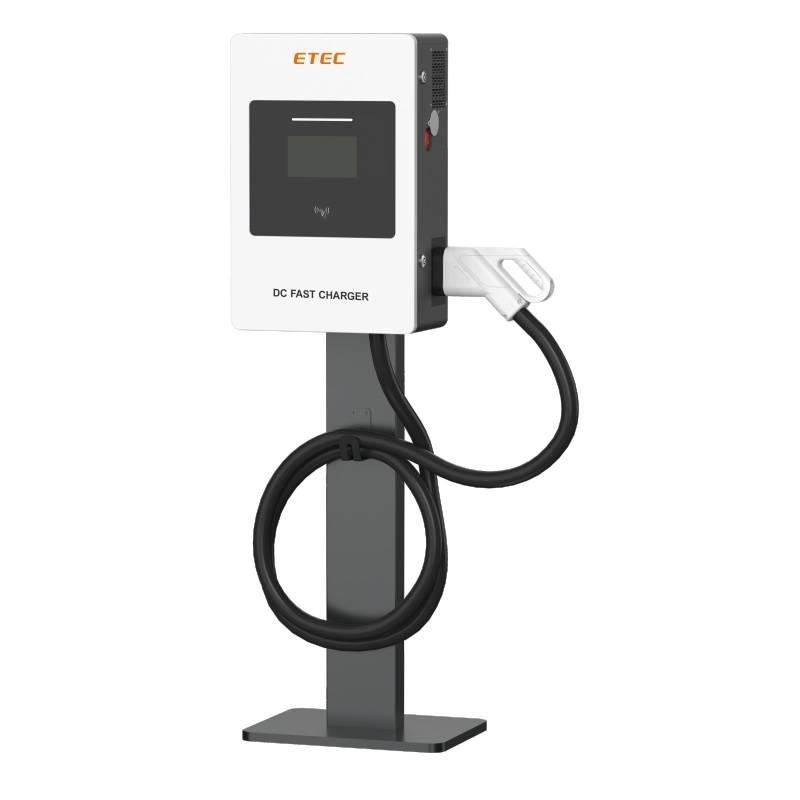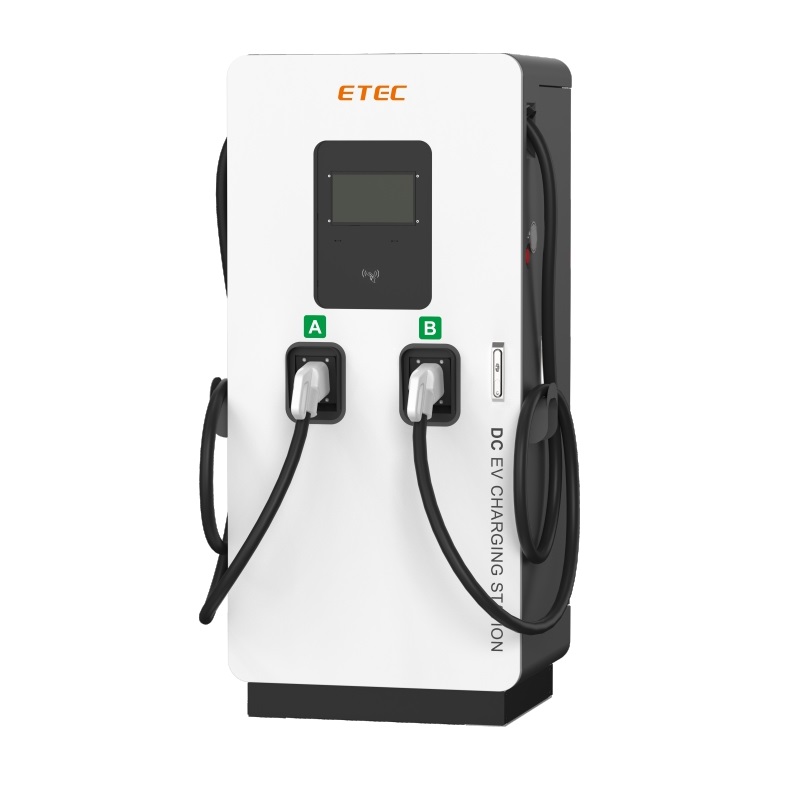Understanding PV Arrays and PV Strings: Key Differences and Importance of PV String Monitoring
Introduction
In photovoltaic (PV) systems, terms like “PV array” and “PV string” are often used, but they refer to different solar panel configurations. Understanding these differences is critical for system design, performance optimization, and maintenance. In addition, PV string monitoring plays a vital role in ensuring system efficiency and early fault detection.
This article explores the differences between PV arrays and PV strings, their roles in solar power systems, and why PV string monitoring is critical for maximizing energy production.
I.What is a PV string?
A PV string is a series connection of multiple solar panels to increase voltage while maintaining the same current.
Key Features:
1.Series connection: The positive terminal of one solar panel is connected to the negative terminal of another solar panel.
2.Voltage sums: Total voltage = sum of individual panel voltages.
3.Current remains constant: Current is limited by the lowest performing panel (due to shading or performance degradation).
II.What is a PV array?
Photovoltaic array is a complete set of multiple photovoltaic cell strings connected in parallel (or a combination of series and parallel) to form a larger power generation system.
Main features:
1.Parallel increase of current: Multiple battery strings can be combined to increase the total current.
2.Total power output: Depends on the number of battery strings and their configuration.
3.System flexibility: The array can be designed according to different voltage and current requirements.
III.PV arrays vs. PV strings: key differences
| Features | PV strings | PV arrays |
| Connection type | Series | Series + parallel |
| Voltage | Sum of panel voltages | Same as string voltage(if connected in parallel) |
| Current | Same as individual panels | Sum of string currents |
| Purpose | Increase voltage | Increase system power |
| Failure impact | One module failure affects the entire string | One module failure reduces output but does not cause system shutdown |
IV.Importance of PV string monitoring
PV string monitoring is a critical part of solar system maintenance, helping detect issues such as poor performance, failures, and inefficiencies.

Why is PV string monitoring essential?
1. Early fault detection
Identify issues such as shading, contamination, or module degradation at the string level.
Prevents severe power losses due to poor performance of a single module.
2. Performance Optimization
Tracks the output of each string to ensure balanced power generation.
Helps diagnose mismatch losses due to uneven aging or shading.
3. Predictive Maintenance
Alerts operators before faults escalate, reducing downtime.
Extends the life of the PV system.
4. Safety Enhancement
Detects potential electrical faults (e.g., ground faults, arc faults).
Common PV String Monitoring Techniques
1.Current-Voltage (I-V) Curve Analysis – Detects deviations from expected performance.
2.Real-Time Power Measurement – Compares string output to identify poor performance.
3.Infrared (IR) Thermography – Finds hot spots that indicate connection or panel faults.
Conclusion
Understanding the difference between PV strings (a series of panels) and PV arrays (a combination of multiple strings) is critical to designing efficient solar power systems. PV string monitoring further improves system reliability by detecting faults early, optimizing performance, and ensuring long-term power generation.
For solar installers and operators, integrating advanced PV string monitoring solutions is no longer a nice-to-have, but a necessity to maximize ROI and maintain system health.
Do you need a recommendation for the best PV string monitoring system currently on the market? Leave a comment in the comments section!




















